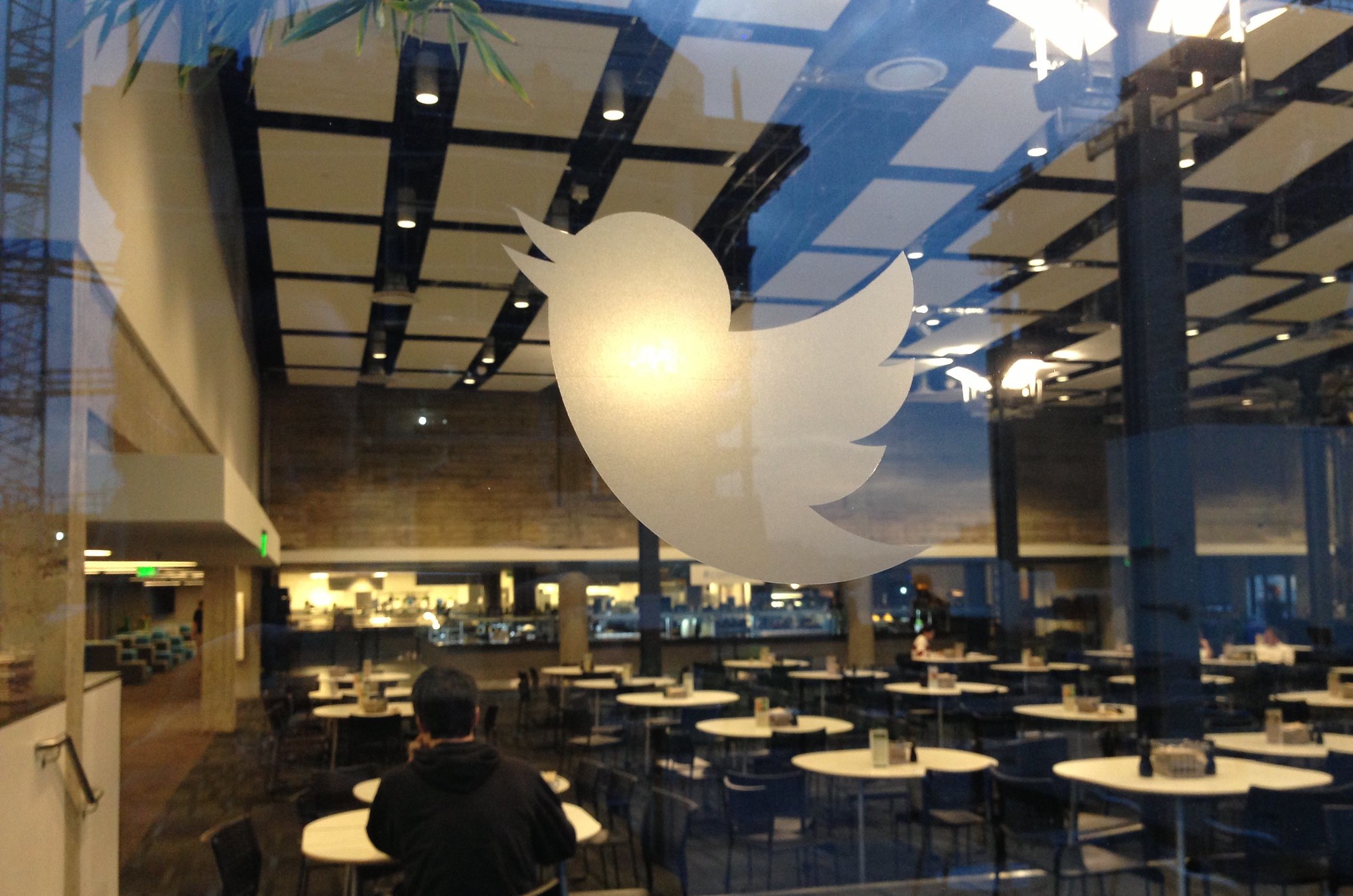
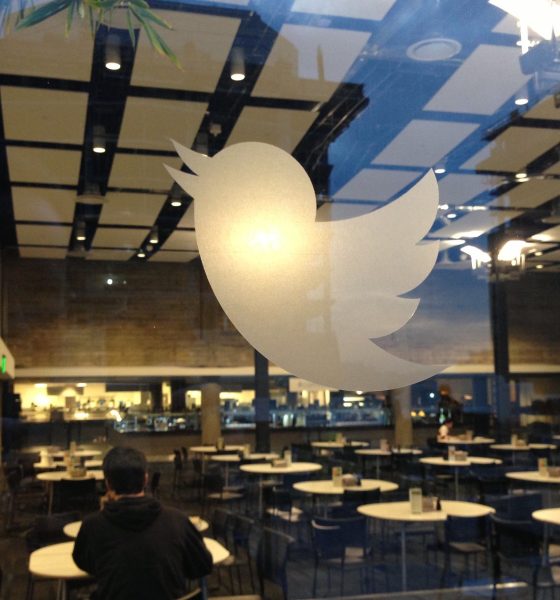
News
Elon Musk formally moves to terminate Twitter’s $44 billion acquisition
In a recent filing with the U.S. Securities and Exchange Commission (SEC), Tesla CEO Elon Musk formally moved to terminate his acquisition attempt of social media platform Twitter. Musk and the Twitter board had agreed to a buyout at $54.20 per share, or $44 billion.
In a letter, Musk’s legal team stated that despite the Tesla CEO’s requests for critical data on the social media platform’s users, Twitter had been uncooperative. Skadden Arps attorney Mike Ringler wrote that “Twitter has not complied with its contractual obligations.”
Musk had demanded more data from Twitter after the social media company noted in an SEC filing that less than 5% of its users are fake accounts. Musk has noted that he believes Twitter’s estimates are grossly inaccurate.
“Twitter has failed or refused to provide this information. Sometimes Twitter has ignored Mr. Musk’s requests, sometimes it has rejected them for reasons that appear to be unjustified, and sometimes it has claimed to comply while giving Mr. Musk incomplete or unusable information,” the lawyer wrote.
“Twitter has not provided information that Mr. Musk has requested for nearly two months notwithstanding his repeated, detailed clarifications intended to simplify Twitter’s identification, collection, and disclosure of the most relevant information sought in Mr. Musk’s original requests,” Ringler added.
The lawyer added that while Twitter did eventually provide Musk with some information, the information was limited and came with strings attached.
“While Twitter has provided some information, that information has come with strings attached, use limitations or other artificial formatting features, which has rendered some of the information minimally useful to Mr. Musk and his advisors. For example, when Twitter finally provided access to the eight developer “APIs” first explicitly requested by Mr. Musk in the May 25 Letter, those APIs contained a rate limit lower than what Twitter provides to its largest enterprise customers,” he wrote.
Ringler also noted that Twitter had breached its merger agreement with Musk because of “materially inaccurate representations.” This is reportedly based on Musk’s own preliminary review of spam accounts on Twitter. The social media company, for its part, has maintained that it’s not possible to calculate spam accounts from solely public information.
“While this analysis remains ongoing, all indications suggest that several of Twitter’s public disclosures regarding its mDAUs are either false or materially misleading. Despite public speculation on this point, Mr. Musk did not waive his right to review Twitter’s data and information simply because he chose not to seek this data and information before entering into the Merger Agreement. In fact, he negotiated access and information rights within the Merger Agreement precisely so that he could review data and information that is important to Twitter’s business before financing and completing the transaction,” Ringler wrote.
In response to Musk’s filing, Twitter Board Chairman Bret Taylor has stated that Twitter is still committed to closing the deal with the Tesla CEO. Taylor also made it a point that Twitter is looking to close Musk’s acquisition at the agreed-upon price of $44 billion.
“The Twitter Board is committed to closing the transaction on the price and terms agreed upon with Mr. Musk and plans to pursue legal action to enforce the merger agreement. We are confident we will prevail in the Delaware Court of Chancery,” Taylor wrote.
Musk’s filing can be viewed below.
Elon Twitter Acquisition Termination by Simon Alvarez on Scribd
Don’t hesitate to contact us with news tips. Just send a message to simon@teslarati.com to give us a heads up.

News
Tesla Semi factory looks almost complete during Thanksgiving weekend
Based on recent drone videos, the Tesla Semi factory looks practically ready to start operations.
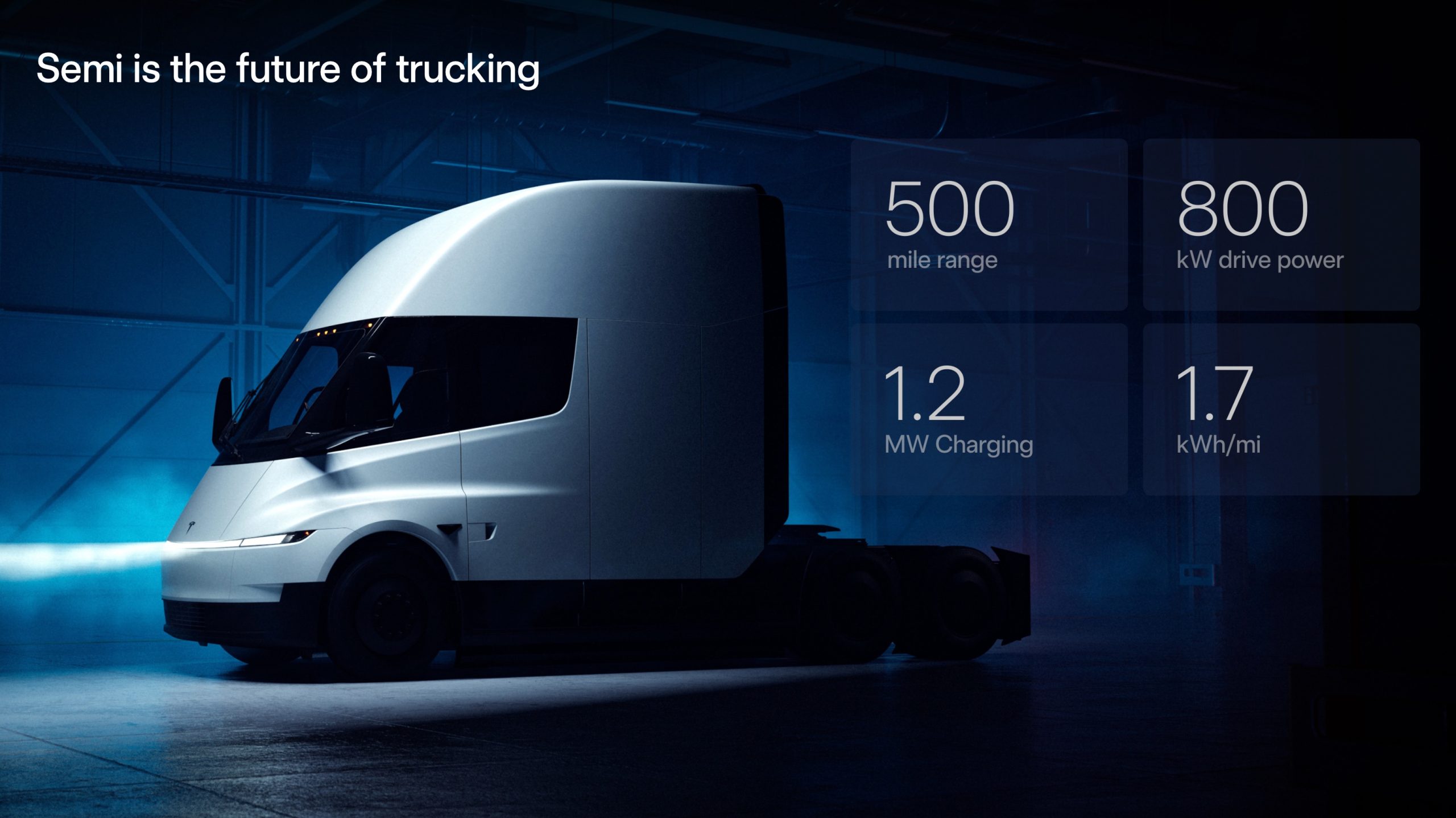
It appears that the Tesla Semi factory near Giga Nevada is already hard at work preparing for the initial production of the Class 8 all-electric truck. This was, at least, hinted at in a recent drone flyover of the facility from a longtime watcher.
The Tesla Semi factory after Thanksgiving
Drone operator and Tesla Semi advocate @HinrichsZane recently shared some footage he captured of the upcoming facility during the Thanksgiving weekend. Based on his video, it appears that Tesla gave its employees in the area the weekend off. One thing is evident from the video, however, and that is the fact that the Tesla Semi factory looks practically ready to start operations.
The Tesla Semi watcher did point out that the electric vehicle maker is still busy bringing in production equipment into the facility itself. Once these are installed, it would not be surprising if initial production of the Tesla Semi begins.
A new Tesla Semi
The upcoming completion of the Tesla Semi factory near Gigafactory Nevada seems all but inevitable in the coming months. What would be especially interesting, however, would be the vehicles that would be produced on the site. During Elon Musk’s presentation at the 2025 Annual Shareholder Meeting, a glimpse of the production Tesla Semi was shown, and it looks quite a bit different than the Class 8 all-electric truck’s classic appearance.
As could be seen in the graphic from the CEO’s presentation, the updated Tesla Semi will feature slim lightbar headlights similar to the new Tesla Model Y, Cybertruck, and the Cybercab. Tesla also teased a number of aerodynamic improvements that increased the truck’s efficiency to 1.7 kWh per mile. Extended camera units, seemingly for FSD, could also be seen in the graphic.
News
Tesla scores major hire as Apple scientist moves to Optimus team
Chen, who advanced from individual contributor to technical lead during his time at Apple, noted that he was blown away by Tesla’s efforts and synergy.
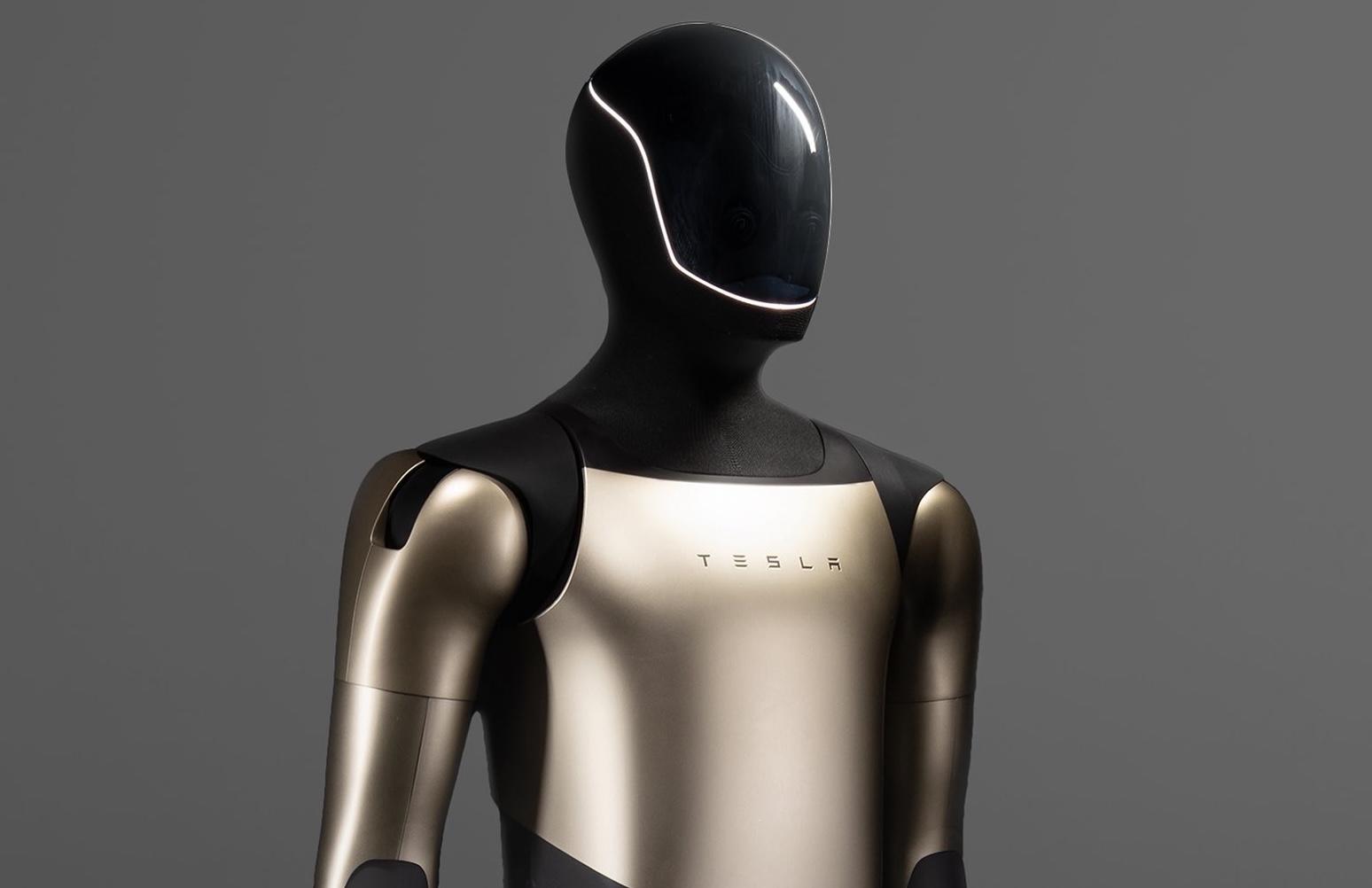
Former Apple research scientist Yilun Chen has left the tech giant to join Tesla’s Optimus AI team. Chen, who advanced from individual contributor to technical lead during his time at Apple, noted that he was blown away by Tesla’s efforts and synergy.
Apple veteran closes a major chapter
In a farewell note, Yilun Chen reflected on his tenure at Apple as a period defined by rapid growth and exposure to notable internal projects, some of which remain unreleased. His roles spanned engineering, research, early product incubation, and hands-on prototyping, allowing him to build expertise across both mature and emerging teams.
Chen credited mentors, colleagues, and cross-functional collaborators for shaping his trajectory, calling the experience unforgettable and emphasizing how each team taught him different lessons about scaling technology, guiding product vision, and navigating fast-moving research environments. “Each role has offered me invaluable unique lessons… My deepest gratitude goes to my colleagues, mentors and friends,” he wrote.
Tesla’s Optimus lab secured the hire
Chen said the move to Tesla was driven by the momentum surrounding Optimus, a humanoid robot powered by LLM-driven reasoning and Physical AI. After visiting Tesla’s Optimus lab, he admitted that he was “totally blown away by the scale and sophistication of the Optimus lab and deep dedication of people when I got to visit the office.”
His first week at Tesla, he noted, involved spontaneous deep-tech discussions, a flat team structure, rapid prototyping cycles, and what he called a “crazy ideas with super-fast iterations” culture. Chen emphasized that the team’s ambition, as well as its belief that humanoid robots are now within reach, creates an energy level that feels aimed at changing the world.
“You can feel the energy to change the world here,” he wrote in a post on social media.
Elon Musk
Elon Musk gives nod to SpaceX’s massive, previously impossible feat
It was the booster’s 30th flight, a scenario that seemed impossible before SpaceX became a dominant force in spaceflight.
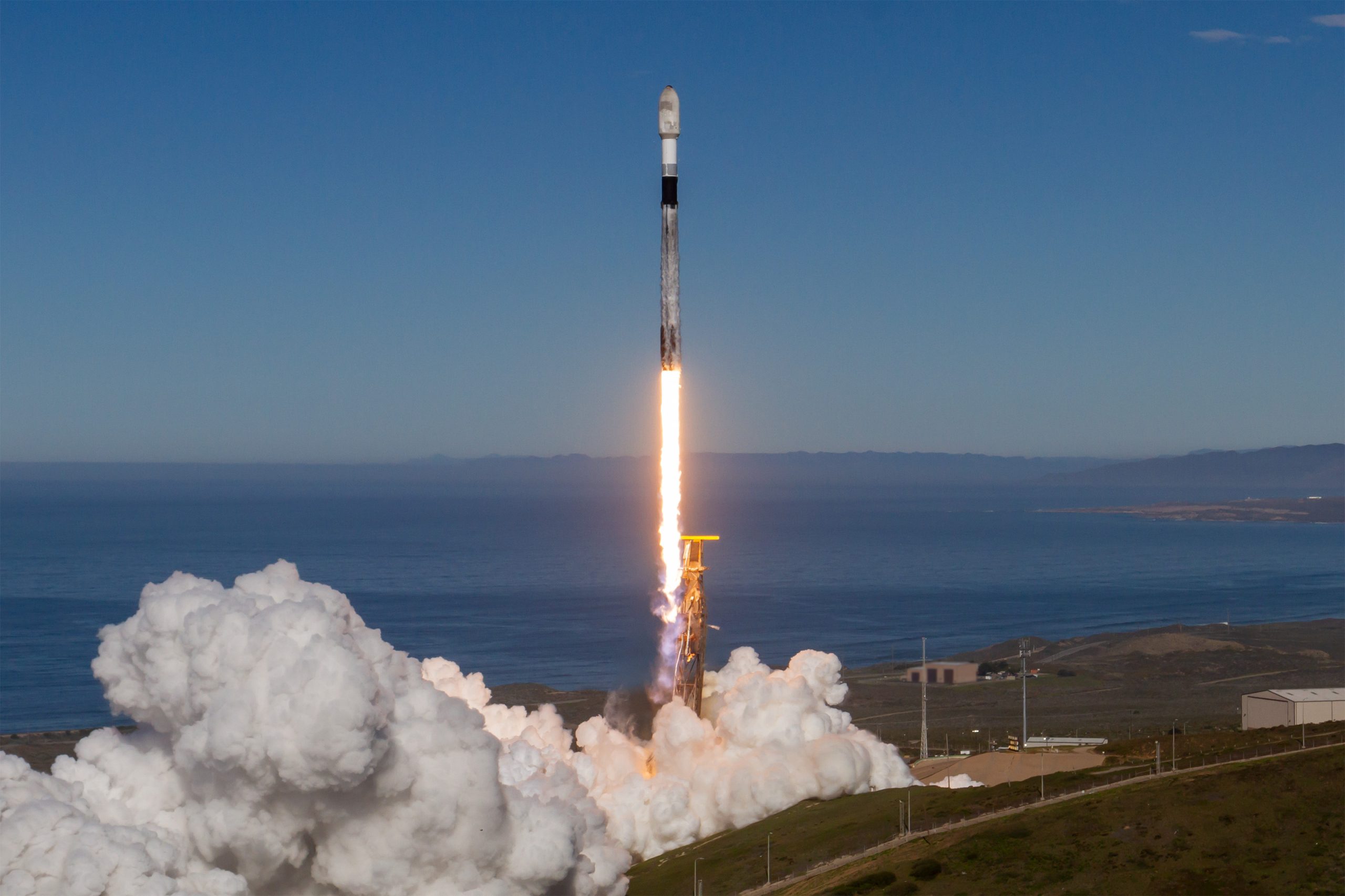
Elon Musk gave a nod to one of SpaceX’s most underrated feats today. Following the successful launch of the Transporter-15 mission, SpaceX seamlessly landed another Falcon 9 booster on a droneship in the middle of the ocean.
It was the booster’s 30th flight, a scenario that seemed impossible before SpaceX became a dominant force in spaceflight.
Elon Musk celebrates a veteran Falcon 9 booster’s feat
SpaceX completed another major milestone for its Smallsat Rideshare program on Friday, successfully launching and deploying 140 spacecraft aboard a Falcon 9 from Vandenberg Space Force Base. The mission, known as Transporter-15, lifted off two days later than planned after a scrub attributed to a ground systems issue, according to SpaceFlight Now. SpaceX confirmed that all payloads designed to separate from the rocket were deployed as planned.
The Falcon 9 used for this flight was booster B1071, one of SpaceX’s most heavily flown rockets. With its 30th mission completed, it becomes the second booster in SpaceX’s fleet to reach that milestone. B1071’s manifest includes five National Reconnaissance Office missions, NASA’s SWOT satellite, and several previous rideshare deployments, among others. Elon Musk celebrated the milestone on X, writing “30 flights of the same rocket!” in his post.
Skeptics once dismissed reusability as unfeasible
While rocket landings are routine for SpaceX today, that was not always the case. Industry veterans previously questioned whether reusable rockets could ever achieve meaningful cost savings or operational reliability, often citing the Space Shuttle’s partial reusability as evidence of failure.
In 2016, Orbital ATK’s Ben Goldberg argued during a panel that even if rockets could be reusable, they do not make a lot of sense. He took issue with Elon Musk’s claims at the time, Ars Technica reported, particularly when the SpaceX founder stated that fuel costs account for just a fraction of launch costs.
Goldberg noted that at most, studies showed only a 30% cost reduction for low-Earth orbit missions by using a reusable rocket. “You’re not going to get 100-fold. These numbers aren’t going to change by an order of magnitude. They’re just not. That’s the state of where we are today,” he said.
Former NASA official Dan Dumbacher, who oversaw the Space Launch System, expressed similar doubts in 2014, implying that if NASA couldn’t make full reusability viable, private firms like SpaceX faced steep odds.









